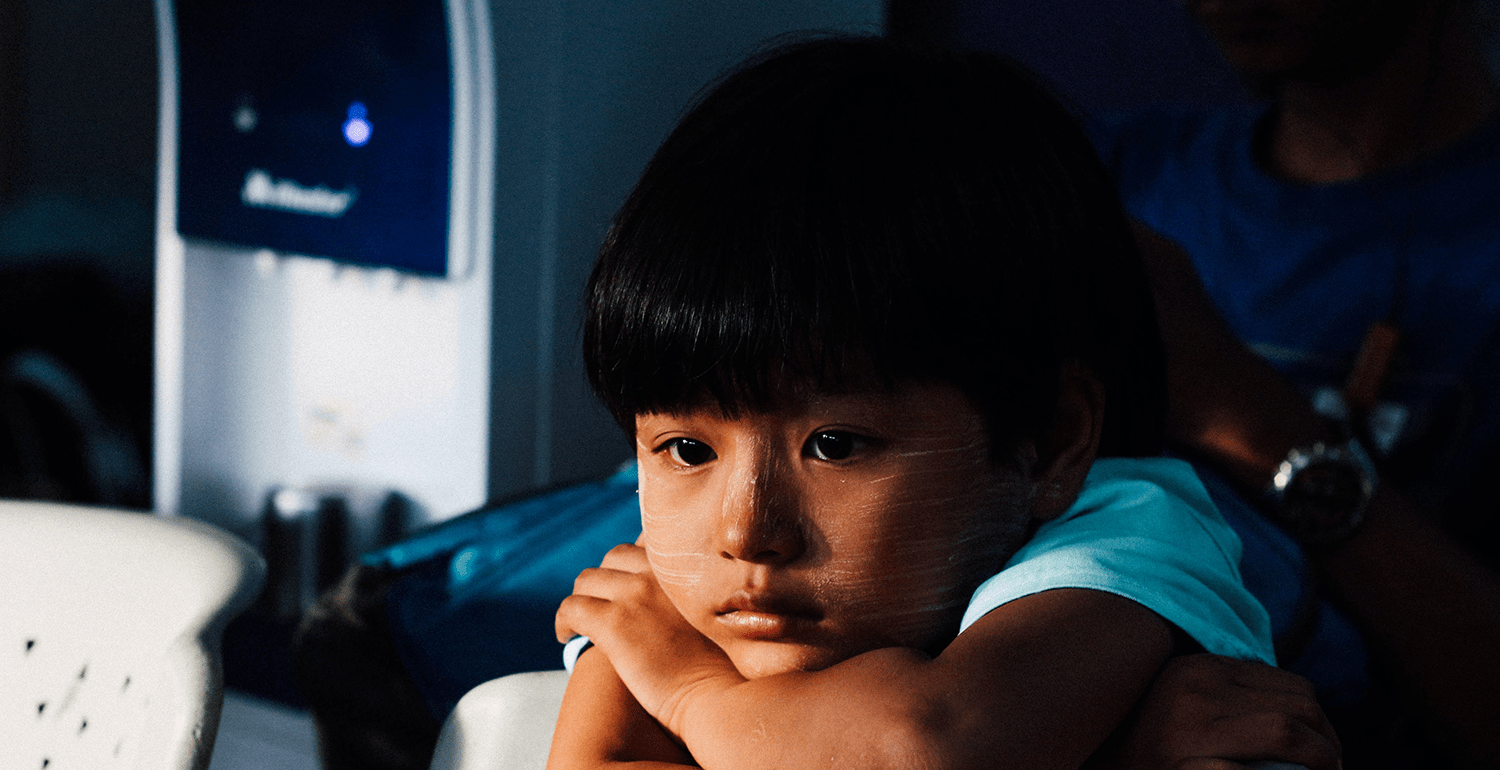
Protect Children, Reduce Impact of Neglect. Build Nurturing Parenting
Since 2017 we have been witnessing a devastating US practice of separating immigrant children from their families at the US-Mexico border. In early February 2019, Dr. Jack Shonkoff stepped forward to testify to a U.S. Congressional committee that is investigating the response of the U.S. Department of Health and Human Services to this family separation policy He explained that the trauma that can be caused by such forced family separation and the long-term effects of toxic stress will continue to accumulate until children and their parents/caregivers are reunited. His testimony presented the scientific evidence needed to analyze the effects of the family separation policy. Dr. Shonkoff is a renowned pediatrician, researcher and the Director of the Center on the Developing Child at Harvard University. He went on to clarify:
“From a scientific perspective, the forcible separation of children from their parents is like setting a house on fire. Prolonging that separation is like preventing the first responders from doing their job.”
We sincerely hope that Dr. Shonkoff’s testimony triggers a change in US policy. His quote helps us visualize the extreme child trauma associated with family separation due to the removal of responsive parenting. Children need caring adults to guide, protect, and ensure their health and development as they venture within their homes, from home to daycare, to school, to a new country, and to any new environment. When this parental safety net is missing, young children experience the trauma of neglect which can lead to a toxic stress response caused by strong, frequent or prolonged adversity without protective relationships. Research shows that toxic stress can weaken the developing brain’s architecture and result in long-term consequences for learning, behavior, and physical and socioemotional health. As mentioned in a previous blog, though some stressors can be positive, and some stress is tolerable, toxic stress results from overstimulation of the child’s stress responses without adult support to protect and teach them coping skills.
Child Neglect: A Worldwide Issue
Lamentably, child neglect is not only a problem for immigrant children; it is a worldwide issue. A 2013 World Health Organization report on European countries estimates that 18 million children experienced some type of child maltreatment, yet it cautions that 90% of maltreatment goes undetected. Furthermore, it’s difficult to determine the scope of child neglect because most studies focus on physical, emotional or sexual abuse which are more easily defined. According to the few studies available on child neglect in Europe, 16.3% of children experience physical neglect and 18.4% experience emotional neglect.
Let’s look at a couple of countries that document child neglect. In the UK, neglect is the most common reason for reporting a child to protective services (CPS). It underlies 60% of serious case reviews. One in 10 children have experienced neglect and more than 27,000 children were designated as needing protection from neglect in 2017. Similarly, 75% of the US reports of child maltreatment cited child neglect. Nationally, 7.5 million children were reported to Child Protective Services agencies in 2017. These are alarming figures that underscore the need to stop child neglect before it starts.
Prevention is Key
As we’ve noted in a previous KIPS blog, prevention is key to breaking the intergenerational cycle of child maltreatment. At the southern border of the US, enlightened family policy would prevent the separation of immigrant children from their families. In our own communities during our daily work with families, we all need to reinforce parent-child relationships and the parenting strengths that serve as protective factors contributing to children’s safety and well-being. Likewise, we need to watch for parenting concerns that may hinder a children’s health and development. If you need a roadmap, there are numerous evidence-based prevention programs within health, education and social services aimed at reducing the risks of child neglect and abuse and building protective factors like responsive parenting behavior. By intervening early, we can promote strong parent-child interactions, which create positive intergenerational spirals of nurturing relationships. In addition, by intervening early, we can reverse neglectful relationships that have lifelong consequences..
Assessing Parenting is the First Step
Assessing parenting is the first step in preventing child neglect or intervening when it’s detected. Using an observational parenting assessment, such as KIPS, you can identify each parent’s current parenting strengths as well as areas for improvement. The next step is to work shoulder to shoulder to gain trust and set specific goals relevant to each parent’s needs. Then map a path of relevant activities and resources to support each parent to build nurturing and responsive interactions with his/her child. These steps aren’t always easy, but they can change the trajectory of children’s and parents’ lives.
